Ancient Flowers - Learn About Flowers From The Past
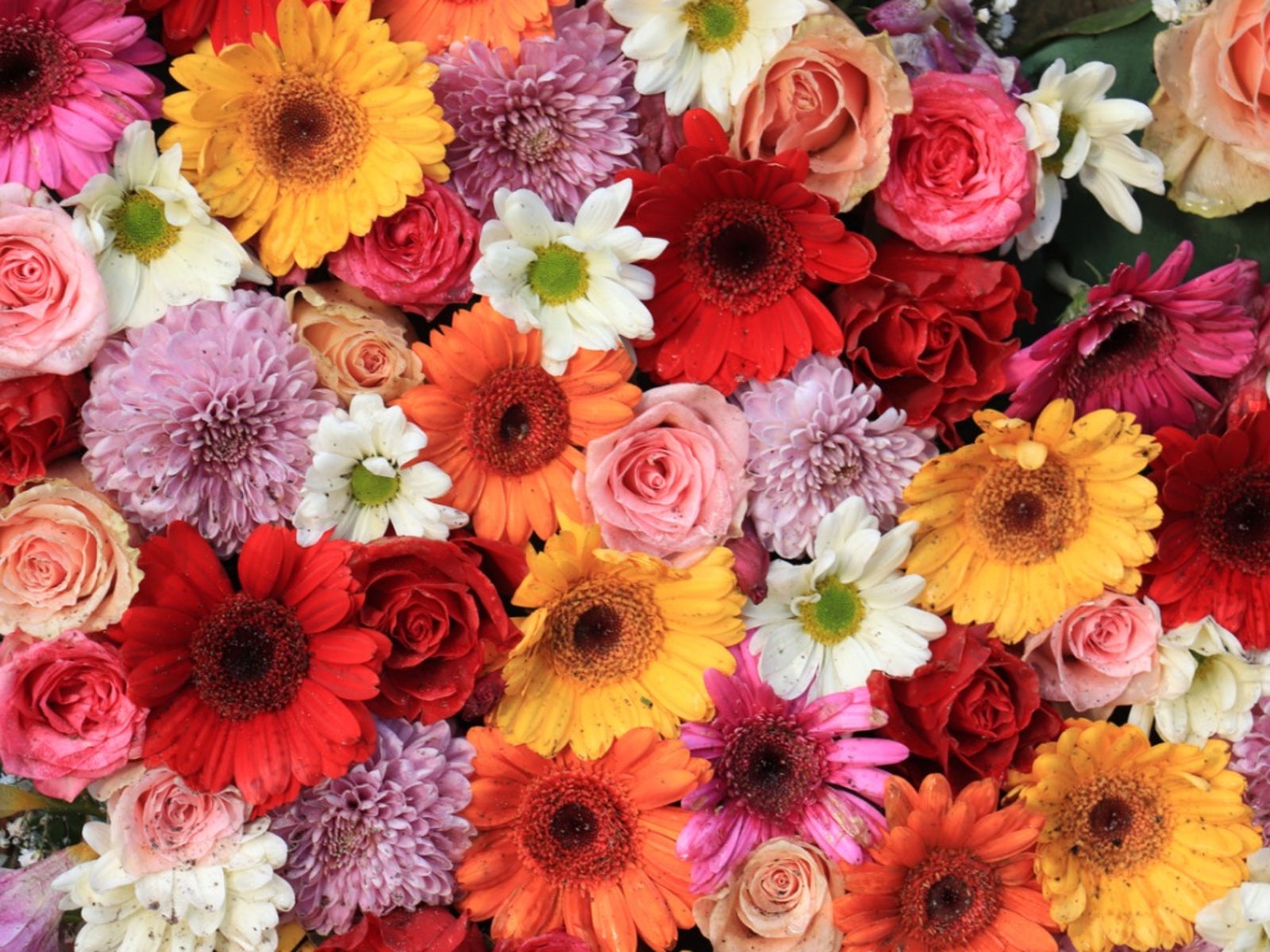

From maintaining carefully planned landscapes to a short walk in the park, beautiful, bright flowers can be found all around us. While it’s interesting to learn more about the commonly seen plant species that can be found in flower beds, some scientists choose to explore the fascinating history of ancient flowers. Many may be surprised to learn that these prehistoric flowers are not so different from many of those which grow today.
Flowers from the Past
Old flowers are fascinating in that they were not initially the primary mode of pollination and reproduction in many instances. While seed producing trees, like conifers, are much older (around 300 million years), the oldest flower fossil currently on record is believed to be roughly 130 million years old. One prehistoric flower, Montsechia vidalii, was believed to be an aquatic specimen which was pollinated with the assistance of underwater currents. Though information regarding flowers from the past is limited, there is evidence which allows scientists to draw conclusions about their characteristics and likeness to modern day blooms.
More Prehistoric Flower Facts
Like many of today’s flowers, it is believed that old flowers had both male and female reproductive parts. Rather than petals, these ancient flowers showed only the presence of sepals. Pollen was likely held high on stamens, in hopes of attracting insects, which would then spread the genetic material to other plants within the same species. Those who study these flowers from the past agree that the shape and the color of flowers likely began to change over time, allowing them to become more attractive to pollinators, as well as developing specialized forms which were more conducive to successful propagation.
What Ancient Flowers Looked Like
Inquisitive gardeners wishing to know what the first recognized flowers really looked like can find photos online of these unique specimens, many of which had been well preserved in amber. Flowers within the fossilized resin are believed to date back nearly 100 million years.
By studying flowers from the past, growers can learn more about how our own garden plants came to be, and better appreciate the history present within their own growing spaces.
Gardening tips, videos, info and more delivered right to your inbox!
Sign up for the Gardening Know How newsletter today and receive a free copy of our e-book "How to Grow Delicious Tomatoes".

Tonya Barnett has been gardening for 13 years. Flowers are her passion. She has transformed her backyard into a cut flower garden, which she regularly chronicles on her YouTube channel http://www.youtube.com/@tonyawiththeflowers.
-
 Grow ‘Karl Rosenfield’ Peony Plants For The Ultimate Frilly Border Beauties And Cut Flowers
Grow ‘Karl Rosenfield’ Peony Plants For The Ultimate Frilly Border Beauties And Cut FlowersFor frilly double magenta peony petals infused with a heady fragrance, grow ‘Karl Rosenfield’ peony plants. Here’s how to cultivate the ultimate plushy blooms
By Tonya Barnett
-
 10 Common Composting Problems That Can Spoil Your Garden Gold – Plus Easy Fixes
10 Common Composting Problems That Can Spoil Your Garden Gold – Plus Easy FixesLearn how to troubleshoot common composting issues before they ruin your stash – from bad smells and bugs to materials not breaking down as they should.
By Susan Albert
-
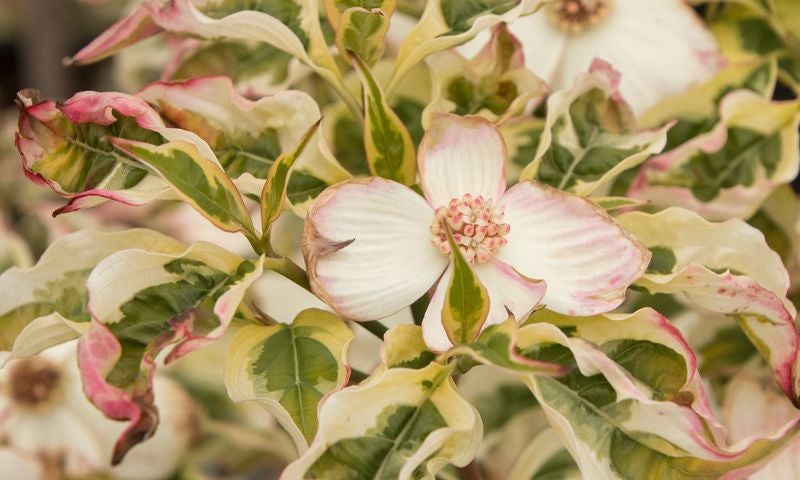 20 Hard-to-Find Spring Flowers & Plants That Look Amazing All Season
20 Hard-to-Find Spring Flowers & Plants That Look Amazing All SeasonIt’s finally beginning to look like spring! If you’re eager to find some unique, hard-to-find varietals to satisfy your spring fever, look here first.
By Caroline Bloomfield
-
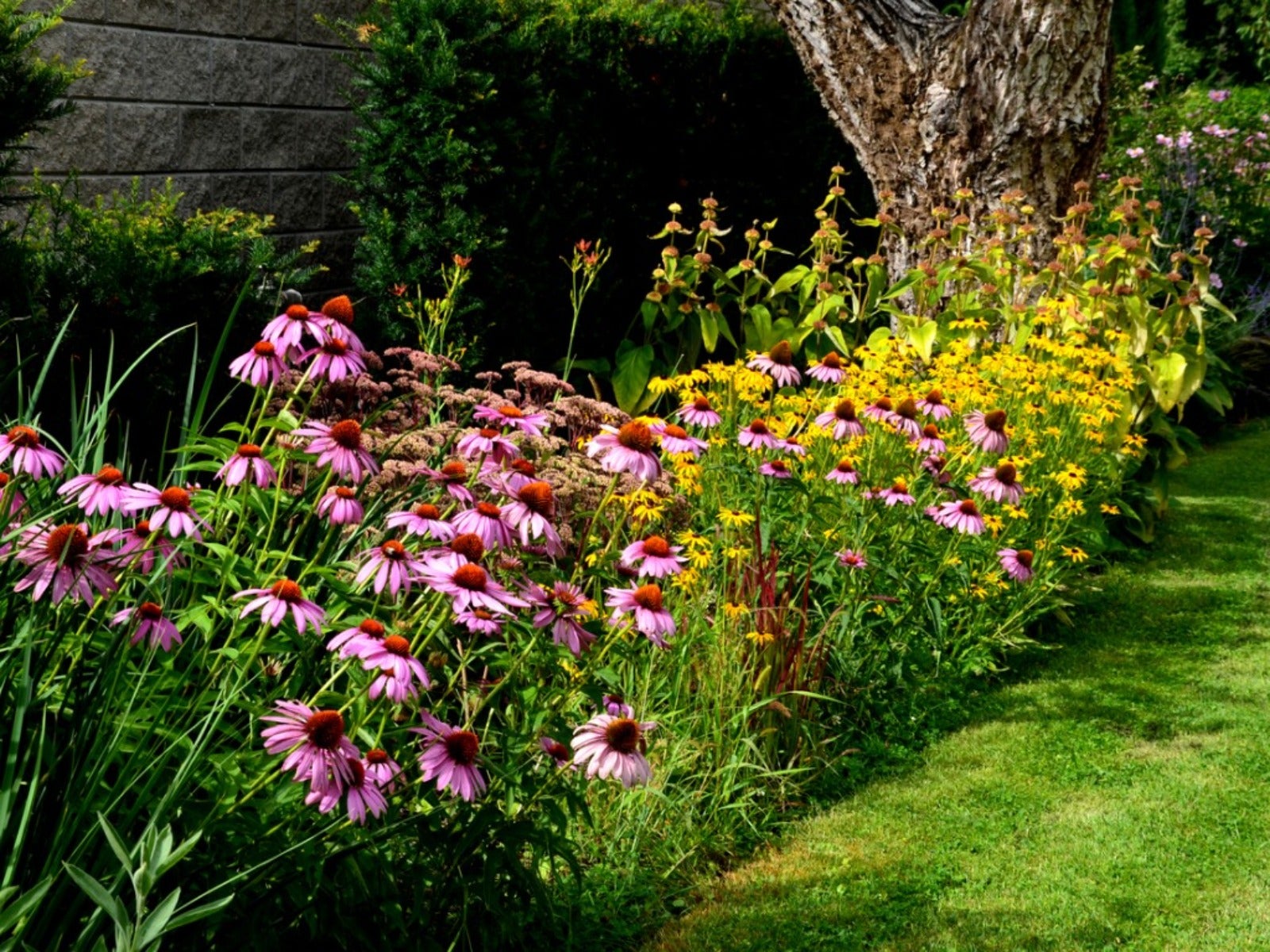 How Wildflower Strips Help Attract Pollinators To Your Yard
How Wildflower Strips Help Attract Pollinators To Your YardIf you have a small garden spot or strip available, fill it with wildflowers for our hungry pollinators. Click to learn more.
By Tonya Barnett
-
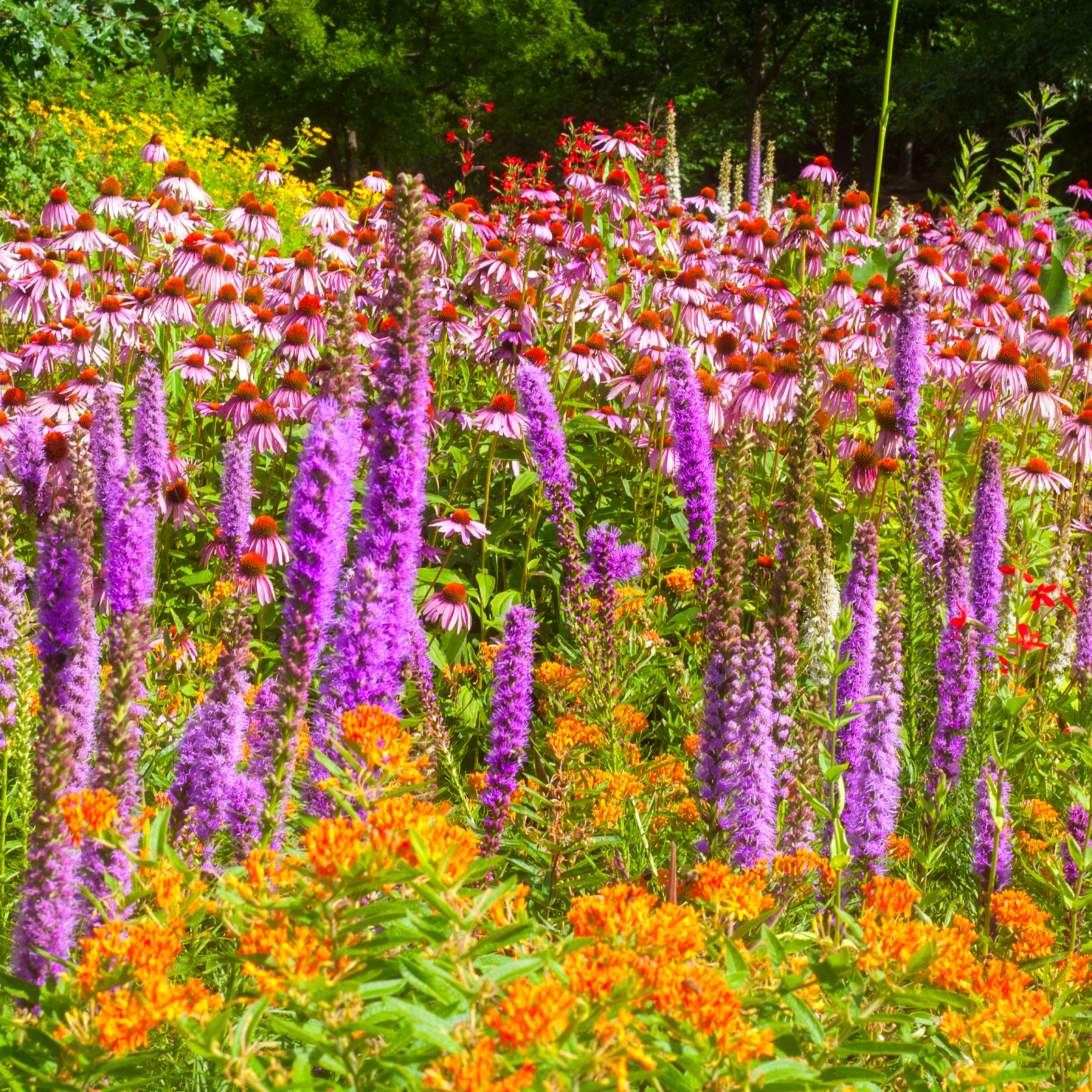 10 Knockout Native Flowers To Add A Punch Of Color To Your Garden
10 Knockout Native Flowers To Add A Punch Of Color To Your GardenGrowing native is the way to go. See our list of ten native wildflowers that will knock you out with color.
By Amy Grant
-
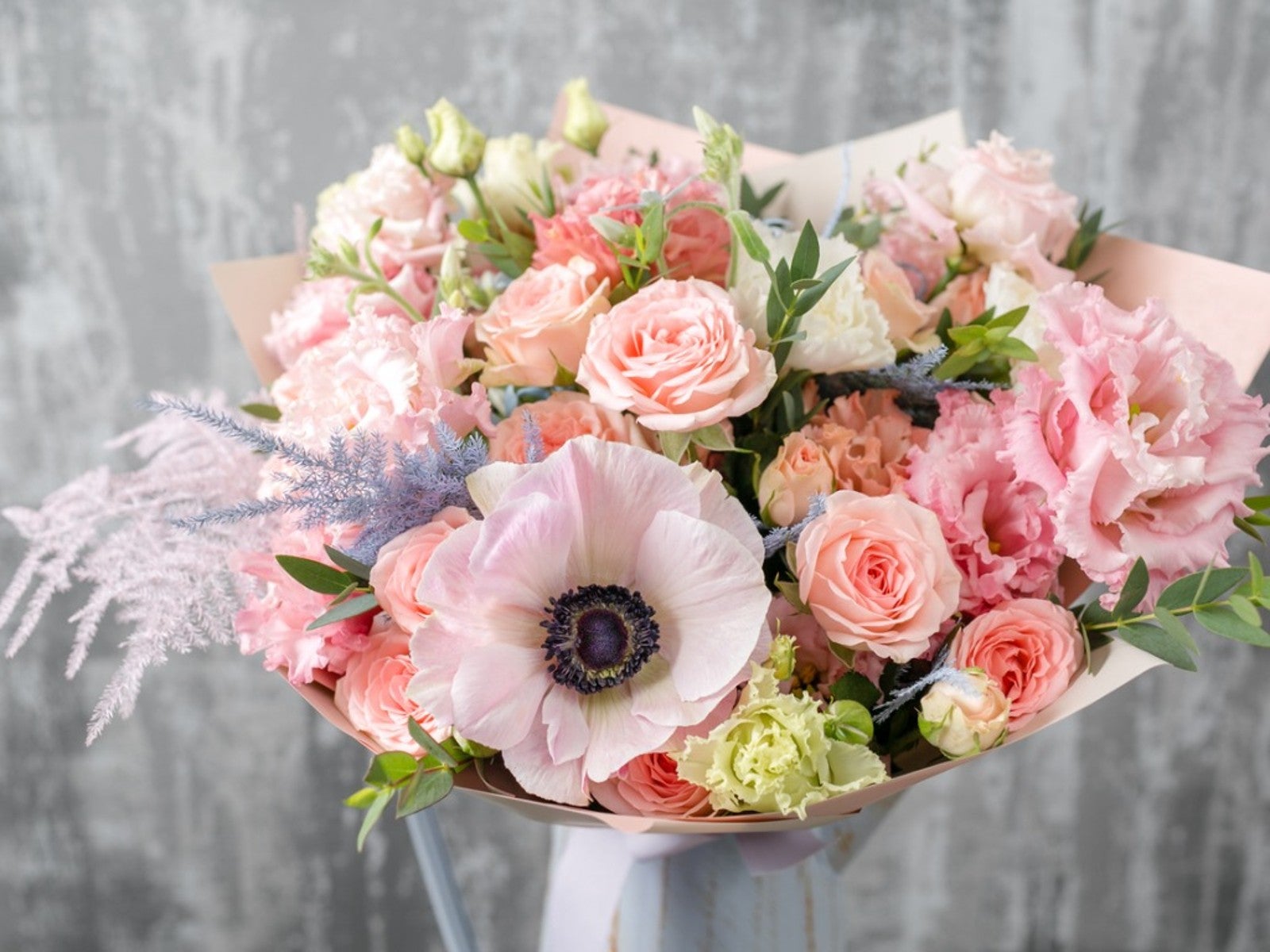 Pretty Plants For A Pastel Flower Bouquet
Pretty Plants For A Pastel Flower BouquetRoses aren’t the only romantic flower. Some romantic pastel flowers can fill in beautifully.
By Tonya Barnett
-
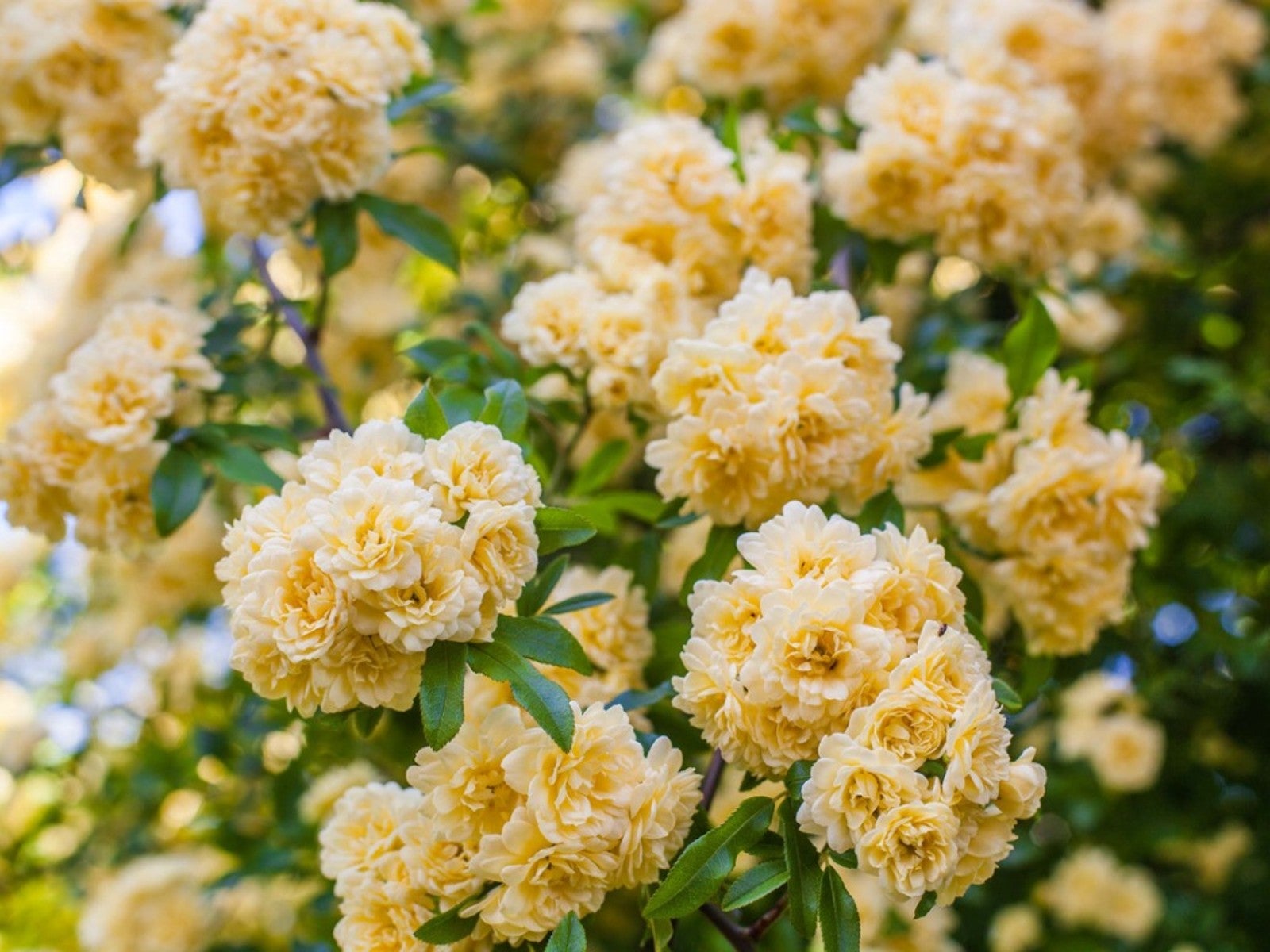 Soft Yellow Plants For A Sunny Pastel Garden
Soft Yellow Plants For A Sunny Pastel GardenClick here for ideas on some pale yellow flower varieties for pastel garden designs.
By Tonya Barnett
-
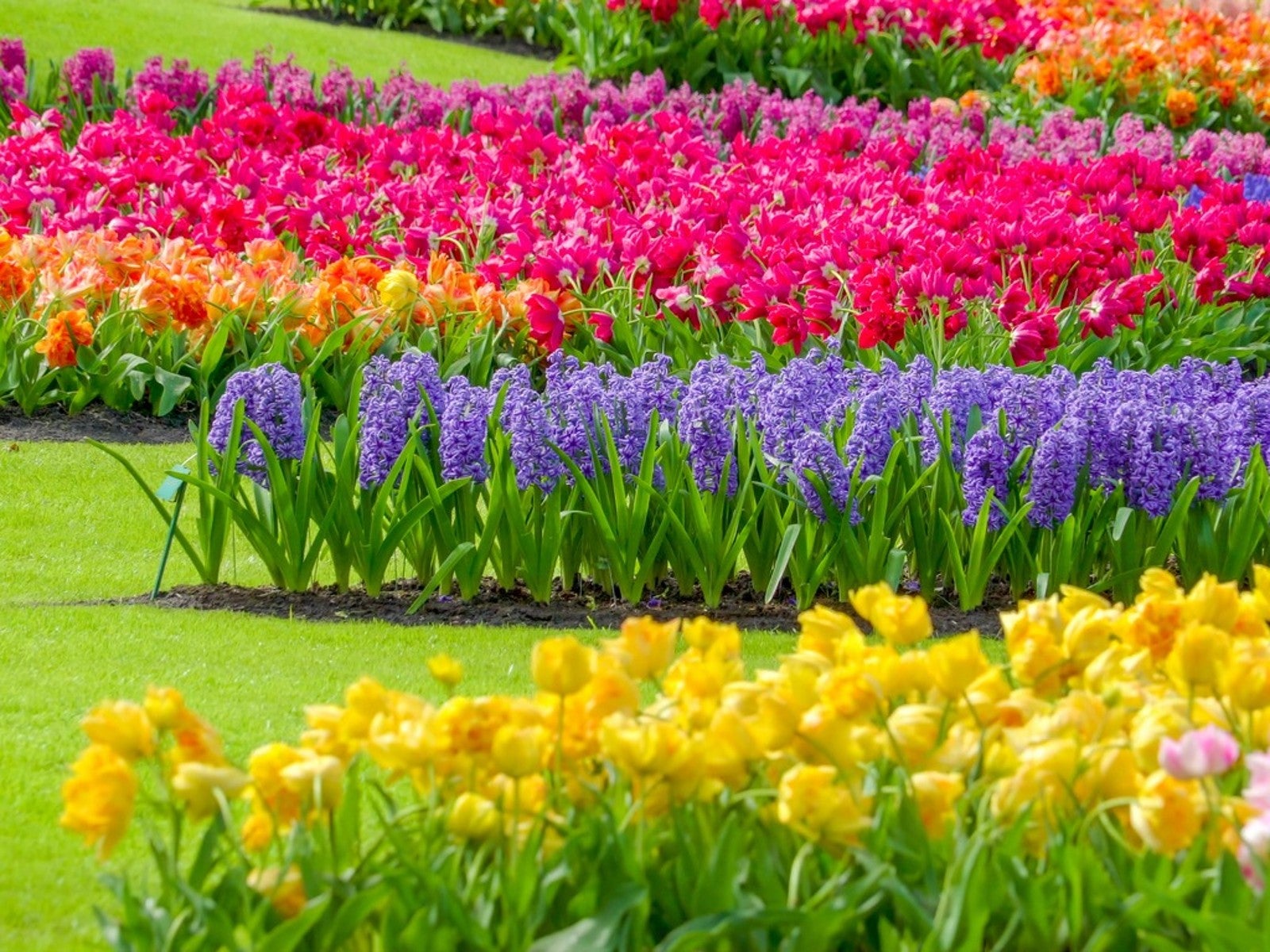 Most Common Flower Color In The World
Most Common Flower Color In The WorldWhat are the most common and least common flower colors in the world? Click here to find out.
By Mary Ellen Ellis
-
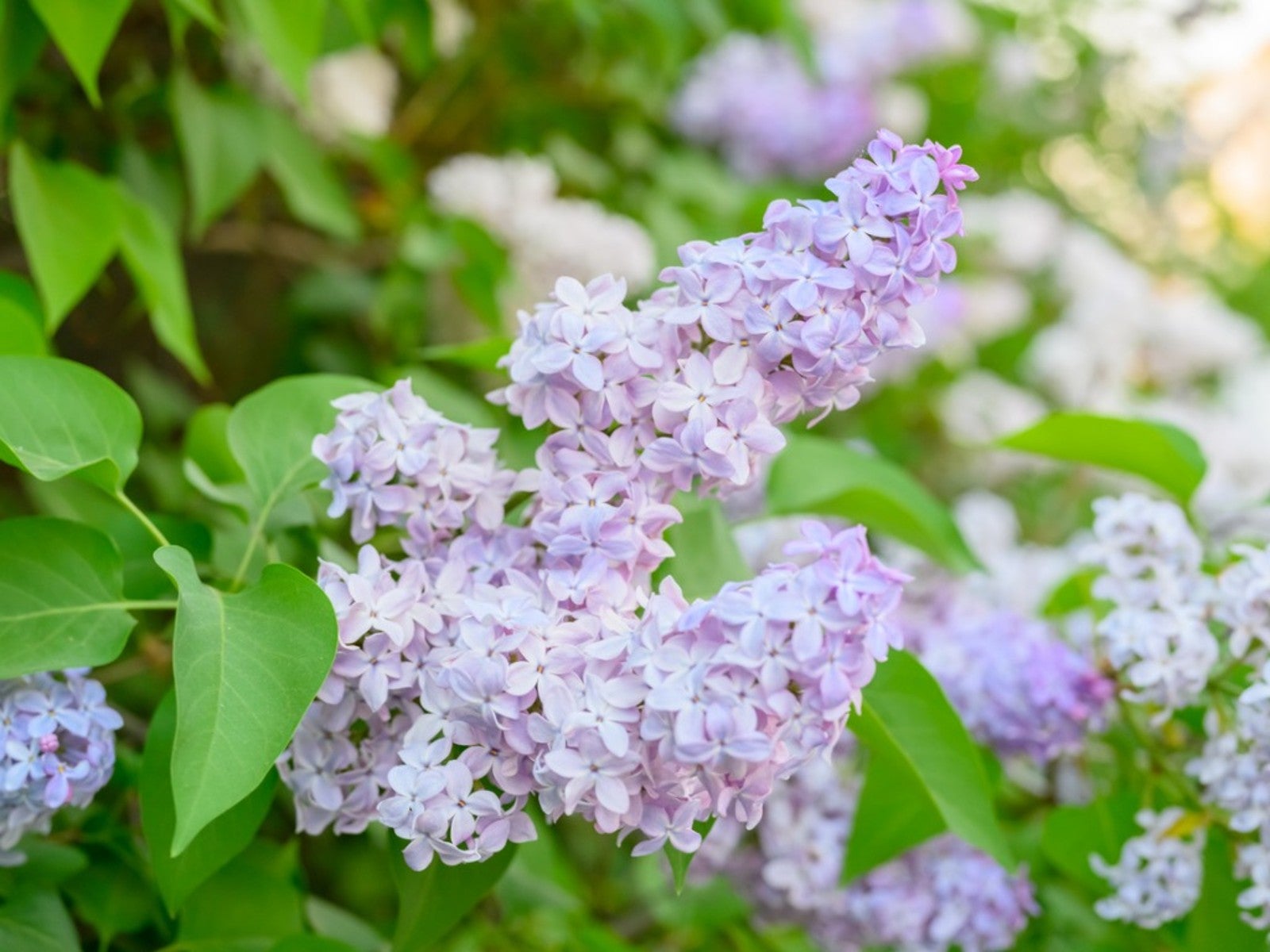 Pastel Plants For A Lovely, Light Purple Flower Garden
Pastel Plants For A Lovely, Light Purple Flower GardenClick here for ideas on some light purple plants for a pretty, pastel garden display.
By Tonya Barnett
-
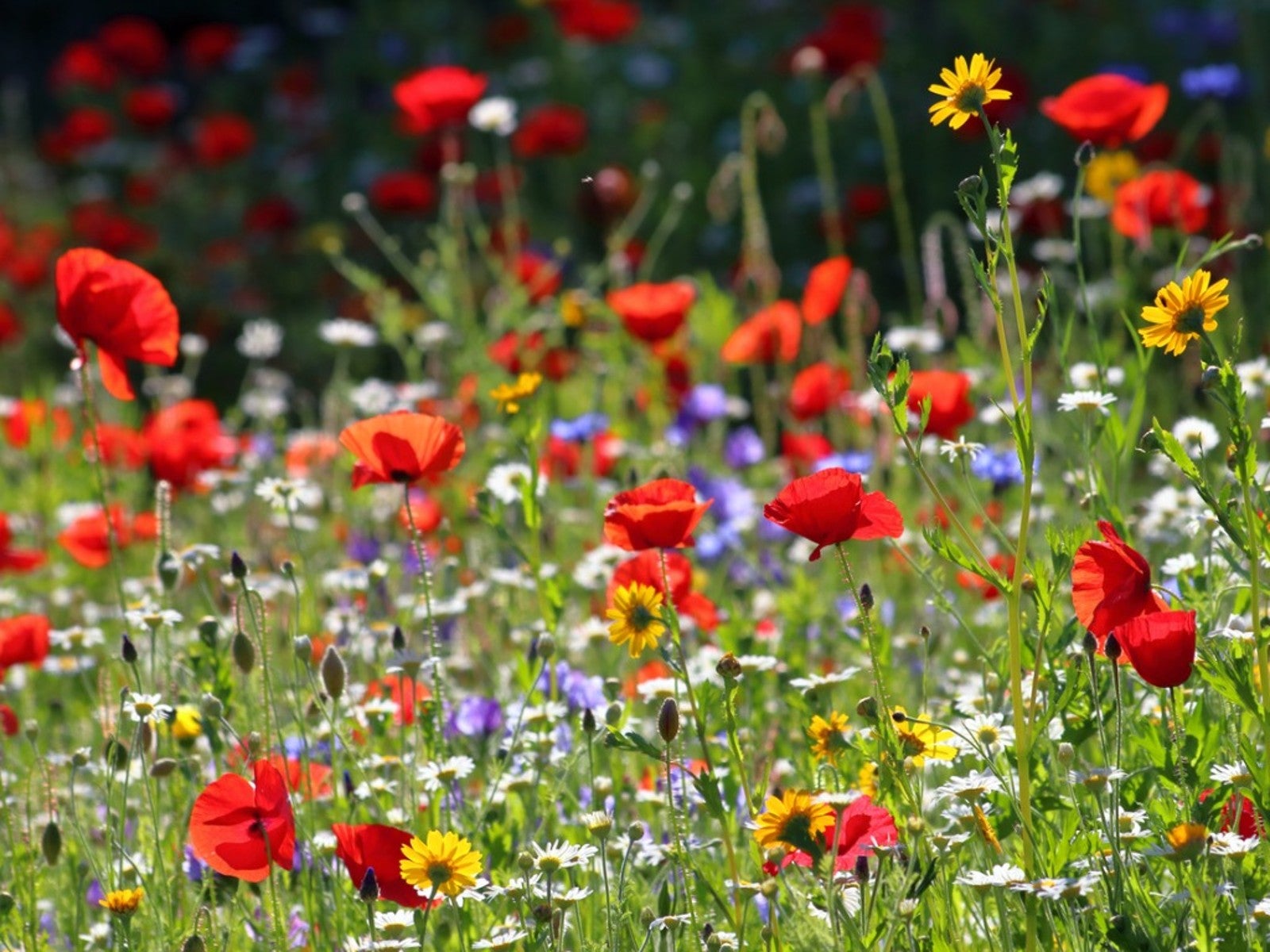 Plant Wildflower Seeds In Fall for A Stunning Spring Display
Plant Wildflower Seeds In Fall for A Stunning Spring DisplayCan you plant wildflower seeds in fall? What makes fall the best time to sow wildflower seeds? Click here for more.
By Tonya Barnett